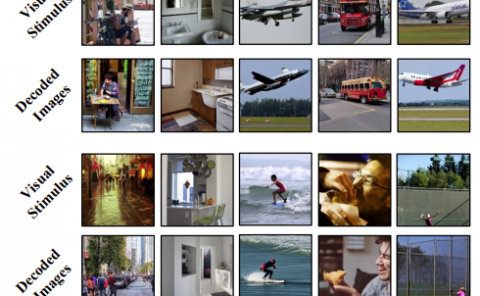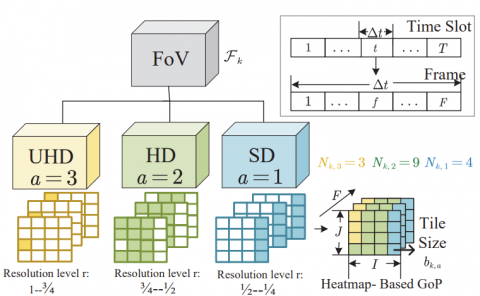Enhance-NeRF: Multiple Performance Evaluation for Neural Radiance Fields
PubDate: June 2023
Teams: NJAU, NJCIT
Writers: Qianqiu Tan, Tao Liu, Yinling Xie, Shuwan Yu, Baohua Zhang
PDF: Enhance-NeRF: Multiple Performance Evaluation for Neural Radiance Fields

Abstract
The quality of three-dimensional reconstruction is a key factor affecting the effectiveness of its application in areas such as virtual reality (VR) and augmented reality (AR) technologies. Neural Radiance Fields (NeRF) can generate realistic images from any viewpoint. It simultaneously reconstructs the shape, lighting, and materials of objects, and without surface defects, which breaks down the barrier between virtuality and reality. The potential spatial correspondences displayed by NeRF between reconstructed scenes and real-world scenes offer a wide range of practical applications possibilities. Despite significant progress in 3D reconstruction since NeRF were introduced, there remains considerable room for exploration and experimentation. NeRF-based models are susceptible to interference issues caused by colored “fog” noise. Additionally, they frequently encounter instabilities and failures while attempting to reconstruct unbounded scenes. Moreover, the model takes a significant amount of time to converge, making it even more challenging to use in such scenarios. Our approach, coined Enhance-NeRF, which adopts joint color to balance low and high reflectivity objects display, utilizes a decoding architecture with prior knowledge to improve recognition, and employs multi-layer performance evaluation mechanisms to enhance learning capacity. It achieves reconstruction of outdoor scenes within one hour under single-card condition. Based on experimental results, Enhance-NeRF partially enhances fitness capability and provides some support to outdoor scene reconstruction. The Enhance-NeRF method can be used as a plug-and-play component, making it easy to integrate with other NeRF-based models. The code is available at: this https URL


